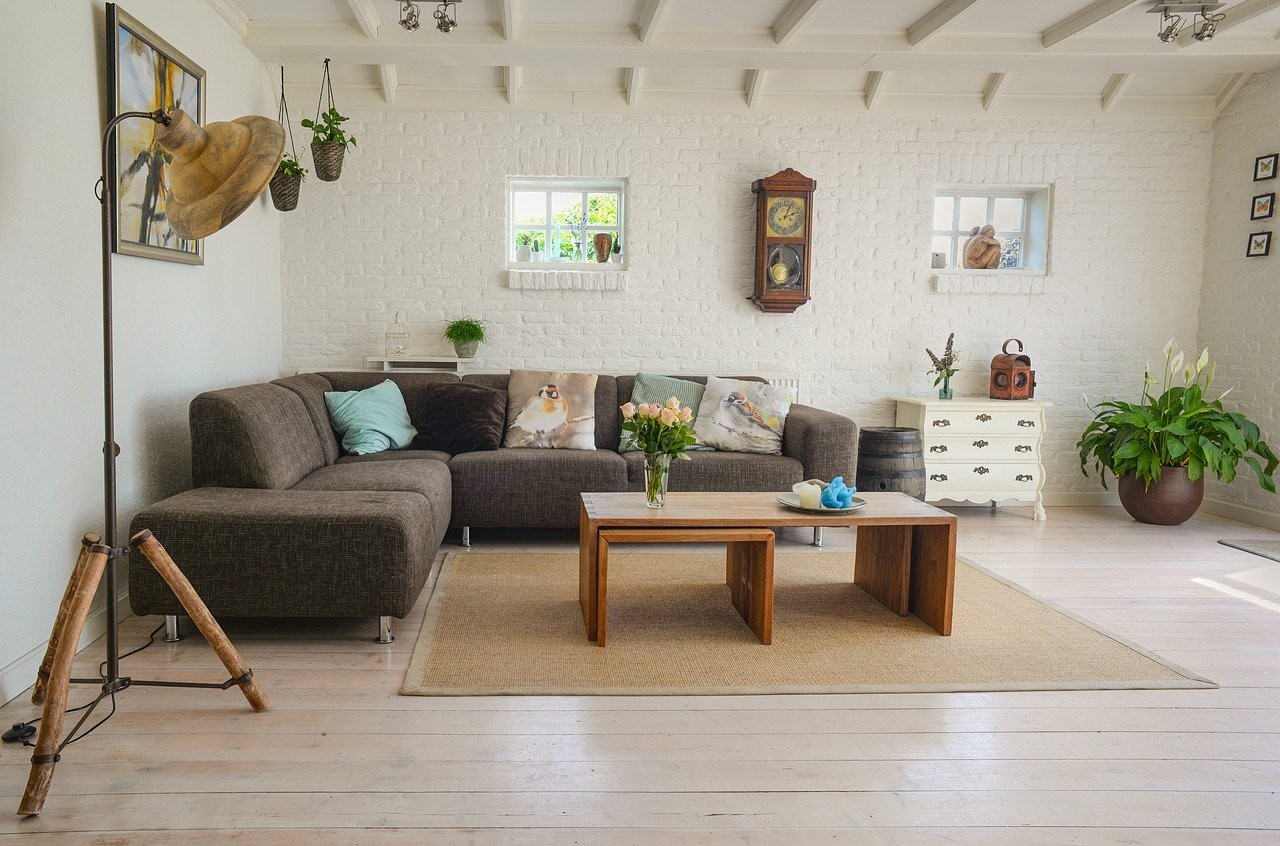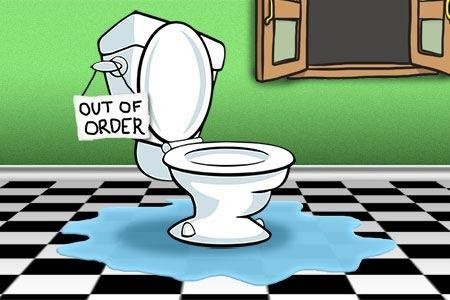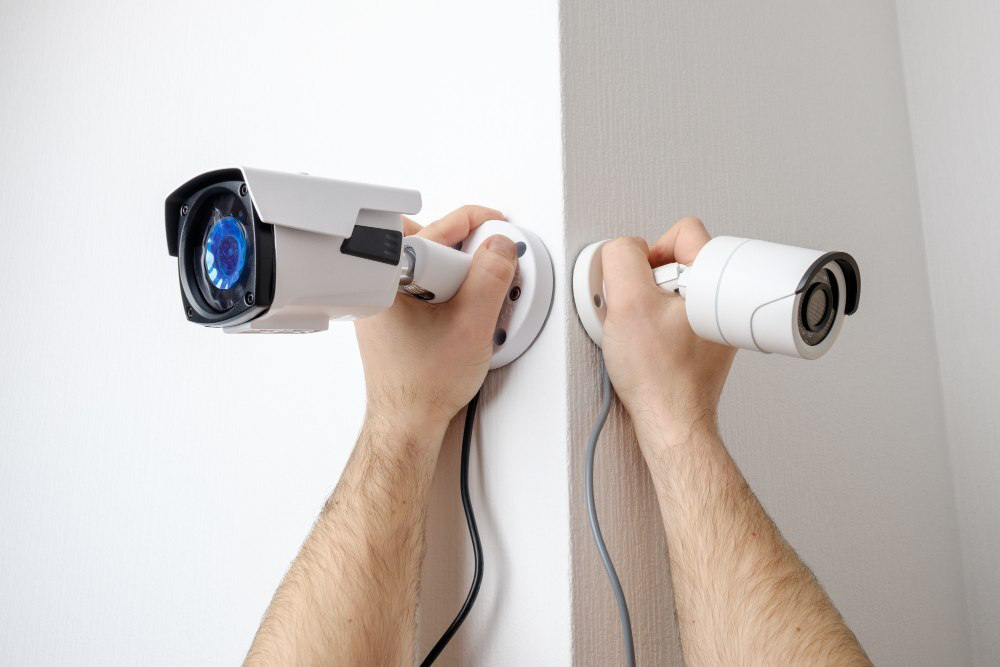
Complete Step-by-Step CCTV Installation Guide
Although we live in a modern world, security is still one of our most important concerns. The good news here is that with the change in time, the security measures have also changed and upgraded. One such measure of modern security is a CCTV camera. The only problem here is sometimes it is hard to install a CCTV camera.
In this CCTV installation guide, we provide complete information on installing a CCTV camera. So, with this in mind, let's get started.
What is a CCTV Camera?
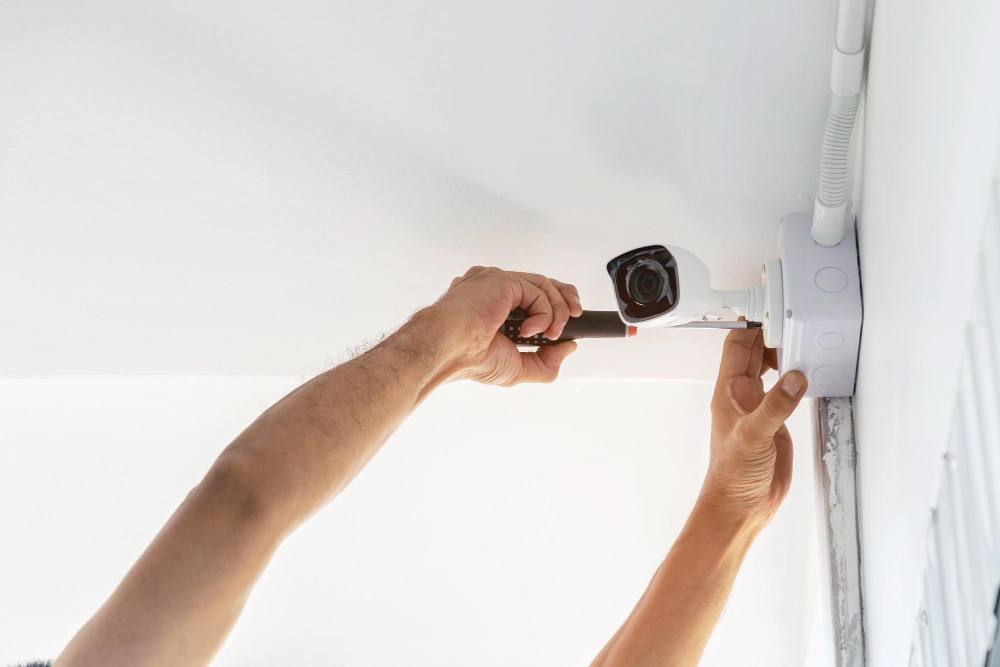
A CCTV security camera is a video camera that transmits a video signal to a specific place. This form of camera shows live footage of the area the device is pointed at on a monitor. The cameras can also be combined with a network video recorder or digital video recorder to store the recorded video footage for viewing later. Should any incident happen, you can legally use these cameras later in court. Therefore, these cameras serve as a deterrent to most criminals.
How do CCTV Cameras Work?
These cameras are installed in specific locations of extreme importance. Once installed, they monitor the targeted areas and record the video footage. These videos can then be stored in a physical device or cloud. Regardless of where it is stored, the authorized user can access this footage to view it at a later date. Many types of CCTV cameras can also be watched live on a monitor as the video is stored.
What Are The Types of CCTV Cameras?
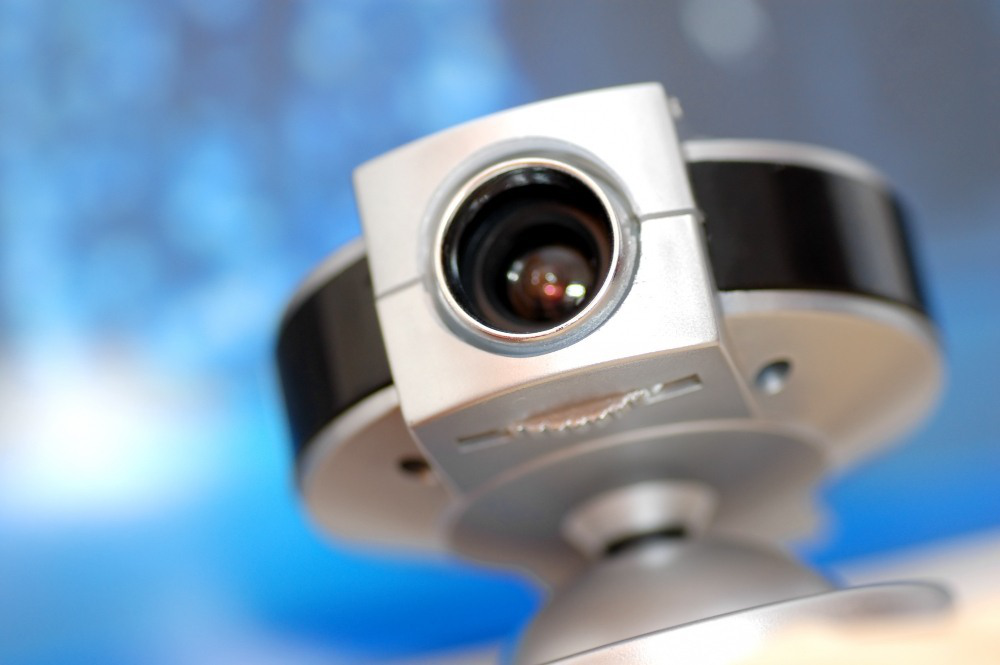
There are many types of CCTV cameras. Their types vary depending on their specific function and their applications. That said, some of the common types of CCTV are as follows:
Dome Camera
This type of camera is shaped like a dome and is rather discreet, making it ideal for homes and businesses. This type of camera features a wide angle and is widely used in residential and retail settings.
Bullet Camera
Bullet cameras are cylindrical and are typically weatherproof. Therefore, they are typically used for outdoor monitoring. That said, this type of camera can also be used indoors. Unlike dome cameras, they are rather visible, making them ideal for deterring crimes. Therefore, they are ideal for usage in parking lots, entrances, and outdoor areas.
Pan-tilt-zoom (PTZ) Camera
As their name suggests, PTZ cameras can pan, tilt, and zoom remotely, along with horizontal and vertical rotations. Therefore, these cameras offer flexible coverage. Because of these reasons, PTZ cameras are commonly used in stadiums, parking lots, or industrial sites.
IP Camera
These cameras transmit videos over an IP network. Therefore, they facilitate remote access and scalability. Furthermore, they also offer advanced features and high-resolution images. Therefore, this type of camera is ideal for both businesses and homes.
These are just some of the most common types of CCTV cameras. However, besides the ones we mentioned here, you can also choose other types of cameras at your convenience.
What Are The Requirements For Installing CCTV Cameras?
After having the general gist of what the CCTV camera is and some of its types, you can finally start to prepare for installing a CCTV camera. In this CCTV installation guide, let's start by knowing the tools you need to install these devices. While the specifics will vary depending on your individual needs, some of the key tools are as follows:
- Ladder
- Power drill
- Drill bits
- Screwdrivers
- A pencil or a pen
- Hammer
- BNC crimp tool
- Cable stripper
- Cutter or a Stanley knife
- Pliers
- Safety goggles
- Helmet
- Boots
- Cable rod set and fish traps
- Electrical tape
- Labels
- Raw plugs
- Video test monitor
- Electrical meter
- Network test tool
Besides these, you may need additional tools depending on the specifics of your CCTV installation requirements.
How to Install a CCTV Camera?
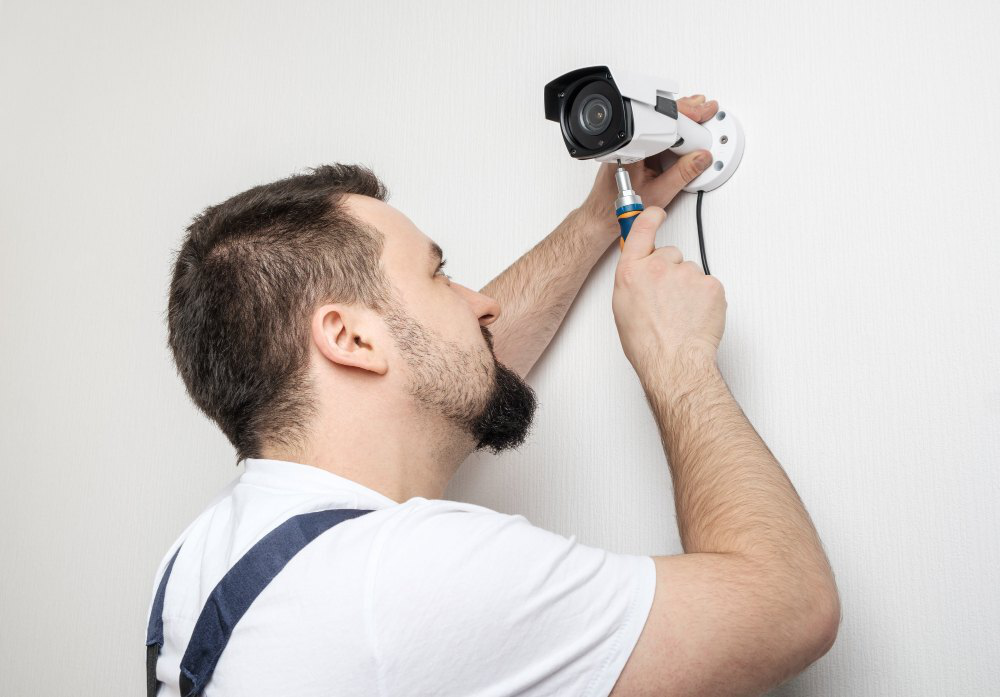
After gathering all of the required tools for the installation, the next step is the installation process. You can follow the proceeding step-by-step CCTV installation guide to install the cameras. The process is as follows:
Decide And Prepare The Location
The first step in installing security cameras is to decide on the optimal location to install these cameras. In this process, you must choose a location that covers a large area and offers an unobstructed view.
Run The Cables to The Camera
After you have decided on the location, the next step is to drill the necessary holes and start running the cables to them. You will need to drill the walls and make way for the cables. However, you can also encase the cables in a protector and run them along the walls.
Attach The Camera
After connecting the required wires, the next phase is to install the cameras in the designated spots. You should ensure that you utilize the mounting gears that come with the camera and mind the placement and physical body of the camera. Ensure that the physical body is durable and unobstructed.
Set-Up The Viewing or Recording of The Device
The next step in CCTV camera installation is to set up the viewing or recording device. The device can range from a simple viewing monitor to a DVR device. Regardless, installing the monitoring or recording device is one of the most crucial steps in installing the surveillance device.
Power On
As the final step in this CCTV installation guide, you only need to power on the devices. Turn on the devices and start monitoring the surroundings.
These are the five key steps to installing a CCTV camera.
Conclusion
Installing a CCTV camera system can improve security and provide peace of mind. Following this step-by-step CCTV installation guide, you can set up an effective surveillance system tailored to your needs.
In this blog, we covered how to install a CCTV camera. We hope you found this helpful. If you want further insight regarding CCTV cameras and other forms of home renovation, do check out some of our other blogs. And if you want the best CCTV installation service in Kathmandu, Nepal, remember us at a2z Marmat. Thank you for reading till the end.
FAQs on Installing CCTV Camera
How to install a CCTV system step by step?
The key steps to install CCTV cameras are as follows:
- Decide on the location of the camera
- Run the cables onto the walls
- Attach the camera
- Set up the monitoring device
- Switch on the power
How to position CCTV in the house?
Following are some simple tips on positioning the CCTV in-house:
- Place cameras near entry points like doors and windows to see who is coming and going.
- Position cameras to cover large open areas like living rooms and hallways.
- Mount cameras high up to provide a wide view and prevent tampering.
- Point cameras at valuables like TVs, computers, and other electronics.
- Focus cameras on high-risk areas like staircases, hallways, and parking spots.
- Install cameras both inside and outside the house for complete coverage.
- Ensure cameras have a clear line of sight and minimal obstructions.
- Use strategic camera angles and wide lenses to maximize visibility.
- Test camera views and adjust as needed for optimal coverage.

